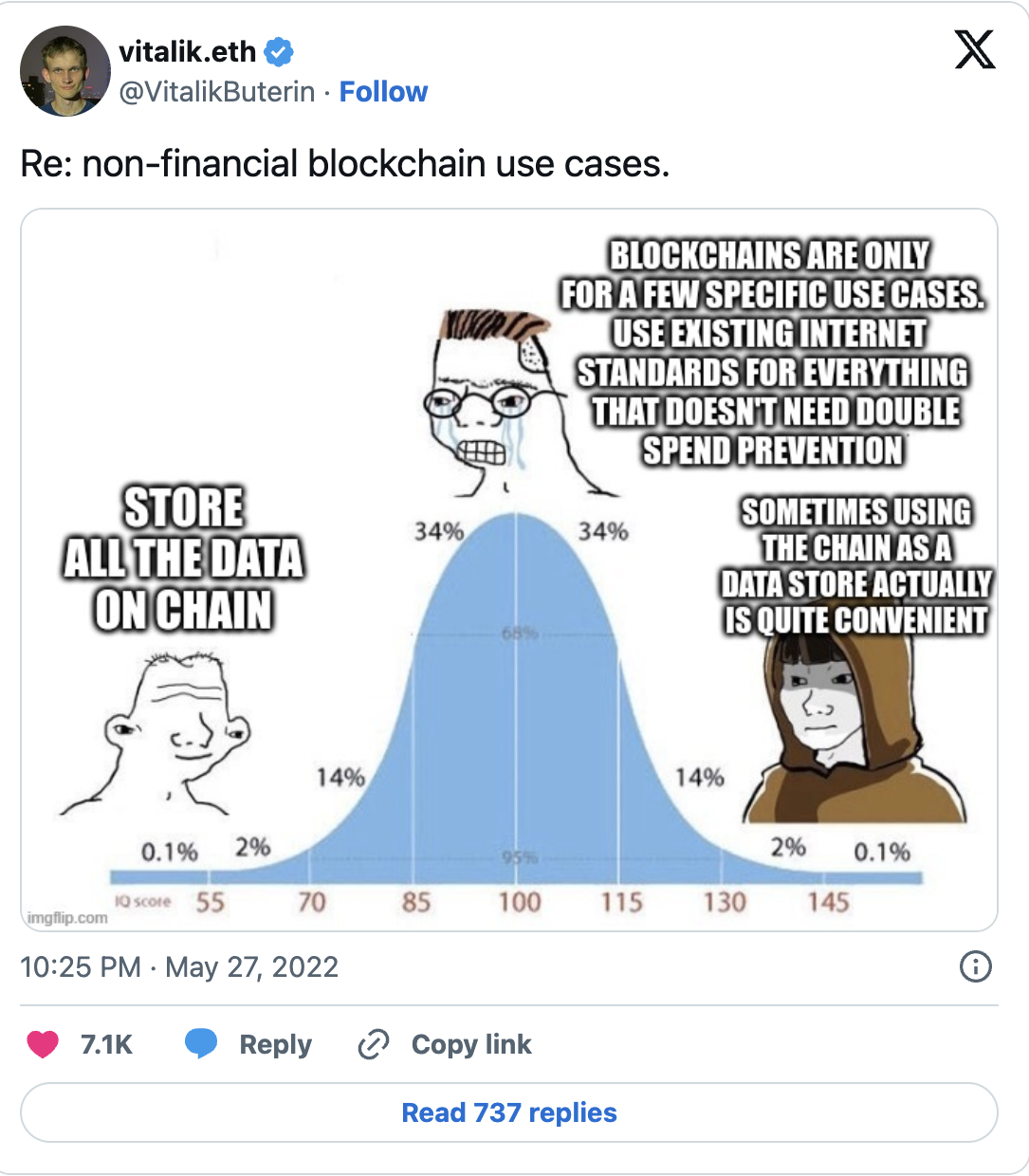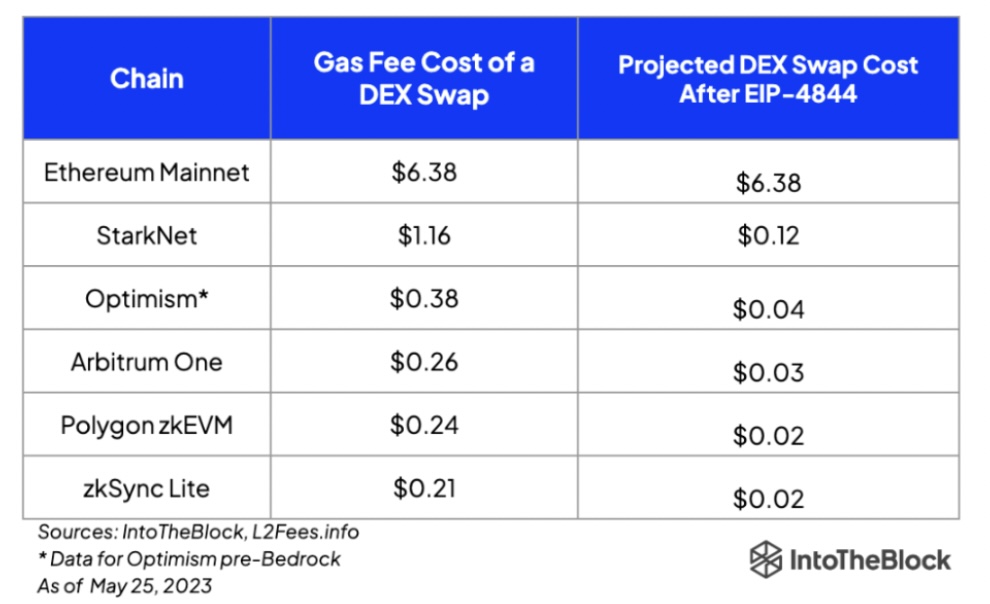After the crypto market rally in 2021, investors stopped talking about decentralized finance and the tokenization of everything became widely discussed thanks to the NFT sector. The crypto market started storing various tokens and NFTs in the blockchain sector, which serves as a data repository, in a large part of this change. So, what can we expect from the sector? Let’s take a look together.
Revolutionary Developments in the Bitcoin Ecosystem
In January 2023, Casey Rodamor introduced the Ordinals protocol to the Bitcoin blockchain network, which allows any data type to be permanently added to the network. With this development, the community conducted numerous experiments written to the blockchain network in less than a year, focusing on leading sectors such as music, art, and video games.
Although Ordinals protocol was not the first protocol to allow this, it was the most popular protocol among the community. This indicates great hope for the Bitcoin ecosystem. This ecosystem, which is more than just a protocol, allowed the creation of a culture and mindset for many developers to build projects on the Bitcoin network.
However, it is not necessary to store 100% of the data in the blockchain ecosystems because this process is expensive and inefficient for some applications. Therefore, solutions designed to keep most of the information off-chain, such as Taproot Assets in the Bitcoin network, are crucial for protocols that enable other projects to be part of the ecosystem.

Layer-2 Networks Ready for the Rally
Users who participated in the rally in 2021 will remember that $50 for transaction fees on the Ethereum network was considered normal. Not to mention the sudden commission fees where users paid up to 6 ETH per transaction, as in the case of Otherside NFTs minting by Yuga Labs.
That’s why Layer-2 blockchain networks, designed to scale Layer-1 blockchain networks, will be important for the next bull market. Many of the Layer-2 solutions have not yet been presented to users during the recent rally. During this process, many companies and developers were not convinced that Layer-2 networks could handle a significant influx from the mainstream.
In 2021, there were a considerable number of projects in the Ethereum ecosystem, and the reasons for this varied. However, the most important reason was that users saw these activities as a cultural element.
The most important development in this field will be the implementation of EIP-4844, which is expected to take place in a few months on the Ethereum network. This will further reduce transaction costs and make the network infrastructure more robust, attracting and retaining users in this field.


 Türkçe
Türkçe Español
Español









